Growing up in the decades after World War II was a symphony of unforgettable sounds that could transport you back in time with just a single note. These auditory time machines were more than just background noise—they were the soundtrack of our youth, markers of moments both mundane and magical. Each sound carries a wave of memories, triggering emotions and snapshots of childhood that feel both distant and intimately close.
1. The Melodic Siren Call of the Ice Cream Truck

The moment those first tinny notes pierced the summer air, children would drop everything and sprint towards the street with wild abandon. Pocket change would jingle in small hands, hearts racing with anticipation of choosing between a rocket pop, chocolate eclair bar, or the classic neighborhood favorite. Parents would chuckle, watching their kids transform from lazily lounging to lightning-fast at the first hint of that familiar musical announcement. For those with a sweet tooth for more nostalgia, PureWow reviews the best flavors to get from this vessel of memories.
The ice cream truck was more than just a mobile dessert vendor—it was a mobile celebration of childhood freedom. Those chrome-laden vehicles with their painted cartoon characters promised a momentary escape from the heat and the routine of summer days. The driver, usually a friendly local fellow who seemed to know every kid on the block, would smile and wait patiently as children deliberated over their sugar-laden choices.
2. The Electronic Chirps of Handheld Football Games
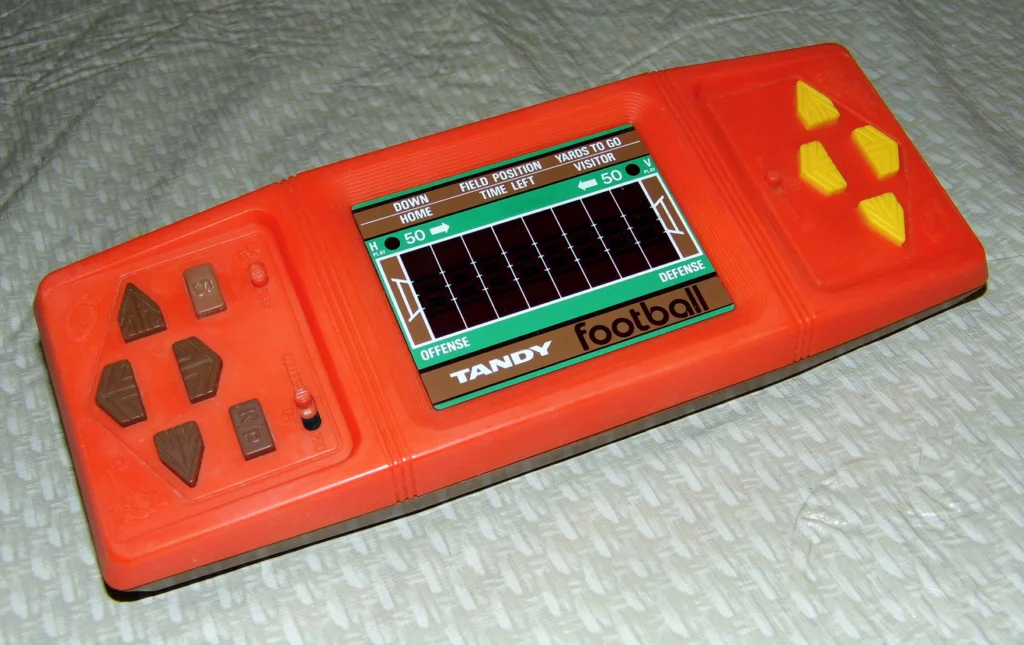
Before smartphones and portable gaming systems, there was the electronic handheld football game—a marvel of 1970s and early 1980s technology that could keep a kid entertained for hours. Those red LED players moving across a tiny black screen represented the pinnacle of portable entertainment, with its characteristic beeps and electronic blips that became the background music of many a road trip or rainy afternoon. The game was simple yet utterly captivating, requiring strategy and quick reflexes to navigate those tiny electronic players. As recounted by Handheld Games Museum, Mattel had a hand in developing this techy trend.
Carefully managed batteries were the lifeblood of these games, with kids learning early lessons about conservation and planning. Parents would sometimes find their children huddled in corners, tongues slightly out in concentration, maneuvering those little red dashes across the minimalist landscape. The games were loud enough to be annoying to adults but not so loud that they’d be immediately confiscated—a perfect balance of childhood rebellion and technological wonder.
3. The Distinct Ring of Rotary Telephones
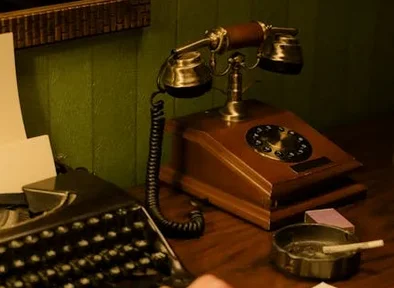
The rotary telephone was more than a communication device—it was a central piece of family drama and connection. That distinctive whirring sound as you dialed each number, followed by the mechanical clicks, was a ritual that required patience and precision. Teenagers would stretch the coiled cord as far as possible, seeking a modicum of privacy in busy household kitchens. Interesting Engineering has more on just how these devices worked throughout history.
These telephones were anchored to walls or sitting on small tables, serving as communication hubs for entire families. Long-distance calls were events, with careful timing and budgeting required to keep conversations brief and meaningful. The sound of a ringing rotary phone could signal excitement, potential trouble, or a cherished connection to distant relatives.
4. Saturday Morning Cartoon Theme Songs
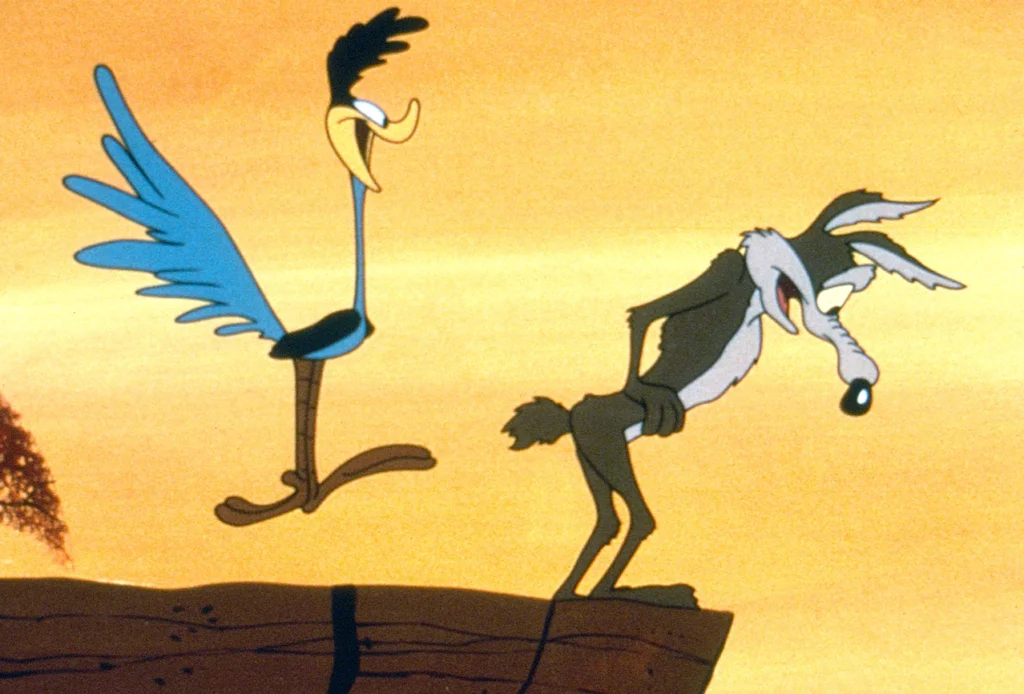
Before streaming and on-demand entertainment, Saturday mornings were a sacred time for children glued to television sets. The energetic, often bombastic theme songs would announce the start of hours of animated bliss, with kids scrambling to position themselves in the perfect viewing spot. Each show had a distinctive musical signature that could trigger immediate recognition and excitement.
These theme songs were more than just musical introductions—they were cultural touchstones that connected children across neighborhoods and cities. From superhero shows to comedy cartoons, these musical moments were shared experiences that created generational memories. The enthusiasm of those musical intros could transform an ordinary morning into an extraordinary adventure.
5. The Distinctive Click and Whirr of Cameras
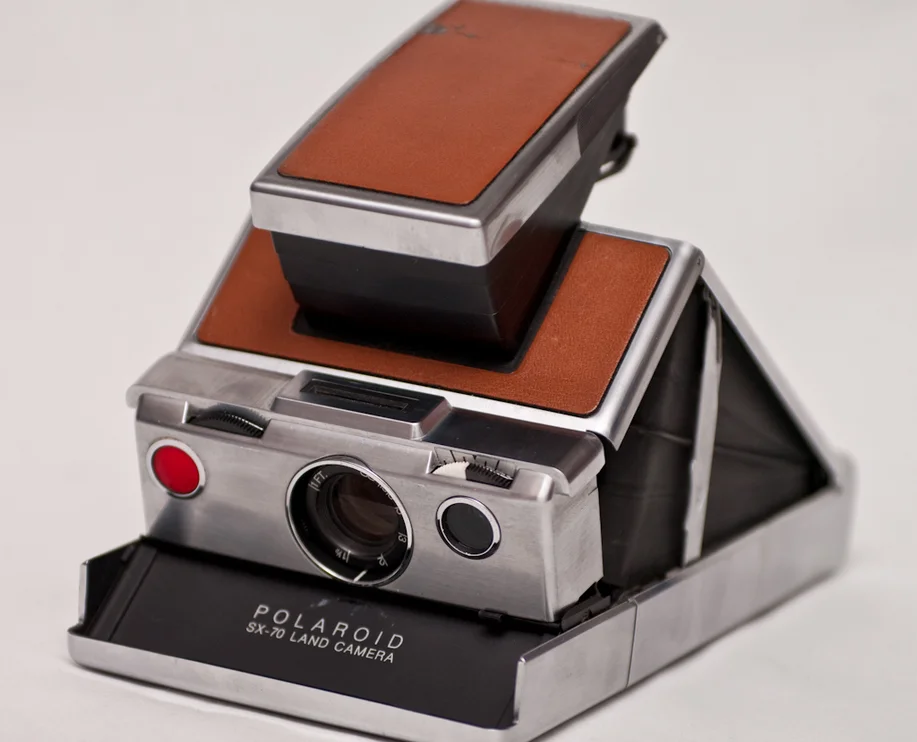
Before digital photography, taking pictures was a deliberate and somewhat expensive endeavor involving mechanical cameras with distinct sounds. The wind of film, the click of the shutter, and the careful advancing of each frame were auditory signals of memory-making. Family gatherings and special occasions became choreographed moments of posing and waiting for that perfect shot.
Cameras were precious devices, often handled with great care and reverence by parents and grandparents. The sounds associated with photography—the mechanical movements, the occasional light meter beep—were signals of importance and documentation. These sounds represented more than just picture-taking; they were the preservation of family history.
6. The Comforting Hum of Tube Televisions

The gentle buzz of a tube television warming up was a nightly ritual that signaled the start of family entertainment time. Those massive wooden consoles would emit a soft, almost imperceptible hum before the picture slowly came into focus, creating a sense of anticipation and comfort. The sound was so distinctive that even today, hearing something similar can instantly transport a person back to living rooms of decades past.
Television wasn’t just a device—it was the centerpiece of family communication and entertainment. Parents would adjust rabbit ear antennas with surgical precision, accompanied by the crackling static that promised a clearer picture. The warm glow and subtle electronic hum became a soundtrack to countless family evenings, marking the transition from daytime activities to evening relaxation.
7. The Mechanical Rhythm of Typewriters
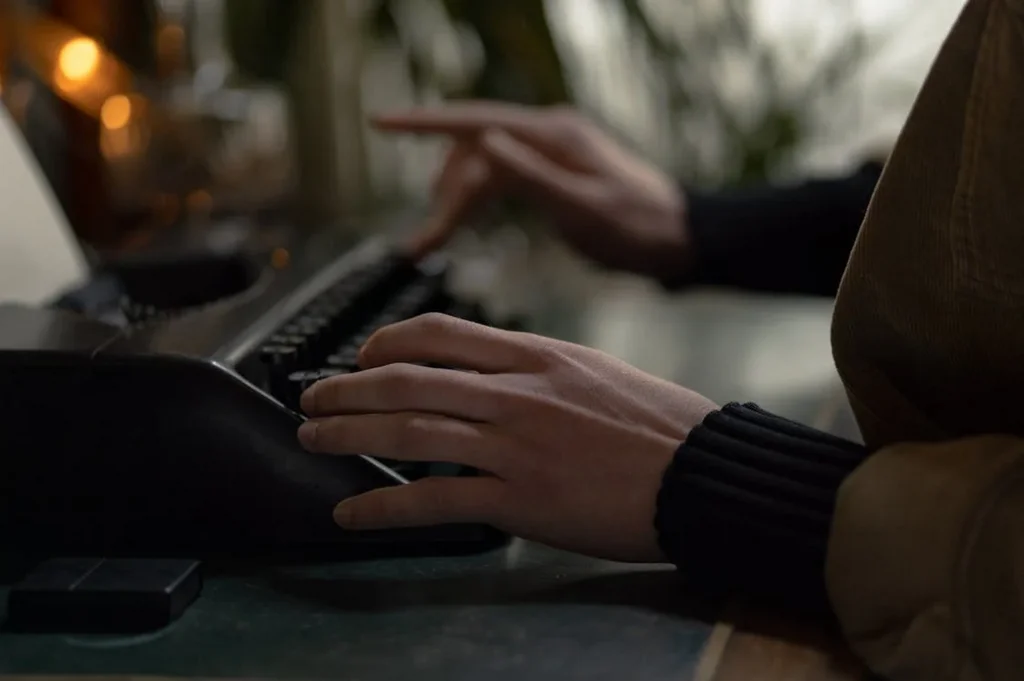
Before computers transformed writing, typewriters were the thunderous instruments of communication, with each keystroke a percussive declaration of thought. The crisp click of keys, the ding of the carriage return, and the rhythmic zip of the carriage sliding across the page created a symphony of productivity. Writers, students, and office workers alike knew the satisfying feeling of filling a page with words, punctuated by these mechanical sounds.
Typewriters were more than just writing tools—they were statements of personal style and professional capability. The varying sounds of different models—from the delicate touch of a portable Smith-Corona to the robust clacking of an IBM Selectric—were as unique as the individuals using them. Correction tape, carbon paper, and the occasional frustrated grunt completed the sensory experience of pre-digital writing.
8. Vinyl Record Crackle and Turntable Mechanics
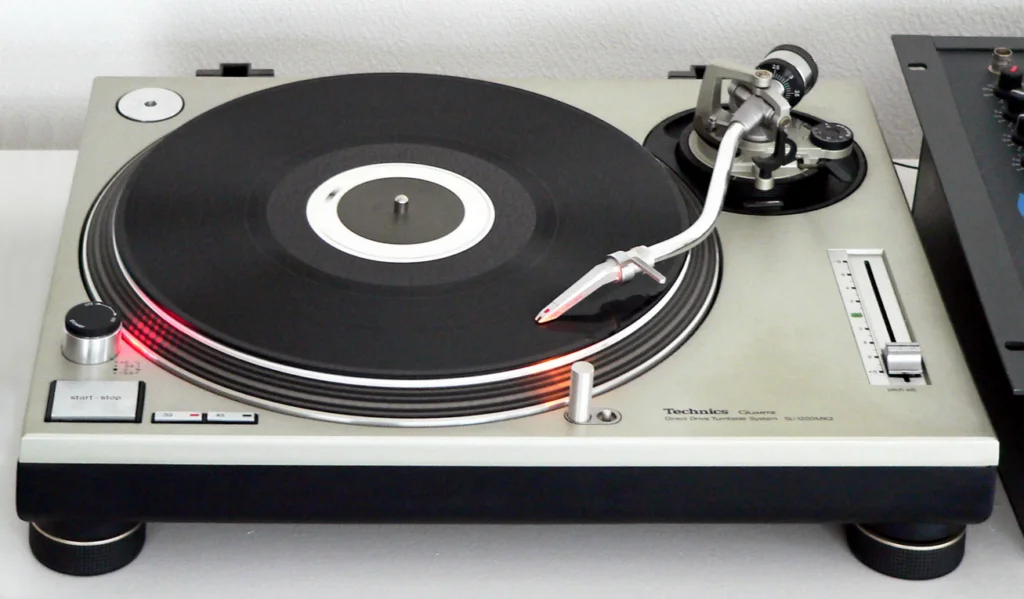
The ritual of playing a vinyl record was a multisensory experience that began with the distinct mechanical sounds of a turntable. The soft click of the record dropping onto the spindle, the gentle lowering of the needle, and the initial crackling before music filled the room were anticipatory moments of pure magic. Audiophiles would handle their records with a reverence that bordered on the religious, each sound part of a carefully choreographed musical ceremony.
Music wasn’t just heard during these moments—it was experienced as a physical and auditory journey. The subtle pops and imperfections of vinyl were not flaws but character, telling the story of each record’s history and journey. Families would gather around turntables, carefully selecting albums and creating sonic memories that would last generations.
9. The Unmistakable Ding of Mechanical Cash Registers
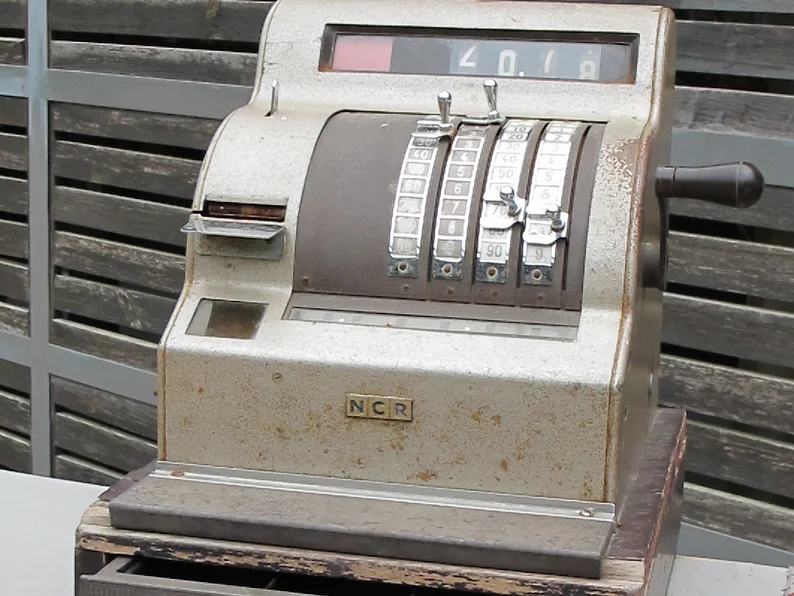
Before digital payments, the mechanical cash register was the heartbeat of every store, with its distinctive ding announcing each transaction. The process of ringing up a purchase was a performance—the push of buttons, the pull of the register drawer, and the triumphant bell-like sound that signaled a completed sale. Cashiers were artists of calculation, their fingers dancing across rows of numbered keys with practiced precision.
These machines were more than just transaction tools—they were symbols of commerce and community interaction. The sound of a cash register represented economic activity, the exchange of goods, and the subtle social dance of buying and selling. Children would watch in fascination, sometimes treated to the magical moment of seeing money exchanged for desired items.
10. The Rhythmic Clack of Roller Skate Wheels
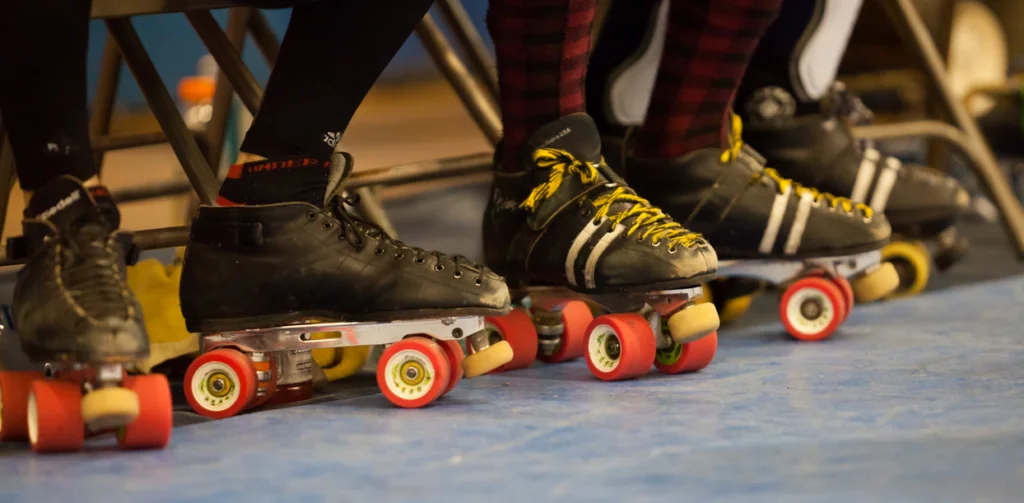
Roller skating was more than a pastime—it was a cultural phenomenon that came with its own distinctive soundtrack of rolling wheels and rhythmic movement. The clackety-clack of metal wheels on wooden or concrete surfaces was a sound of pure childhood freedom, echoing through roller rinks and neighborhood sidewalks. Skates with their metal key adjustments became a symbol of independence, with kids proudly wearing the keys around their necks like prized possessions.
Roller rinks were social havens where music, movement, and sound converged into a magical experience. The combination of spinning wheels, disco music, and the occasional stumble created an auditory landscape that defined an entire era of youth culture. Parents would watch from the sidelines, remembering their own skating adventures while children glided and twirled to the mechanical symphony of wheeled motion.
11. The Nostalgic Beep of Early Arcade Games
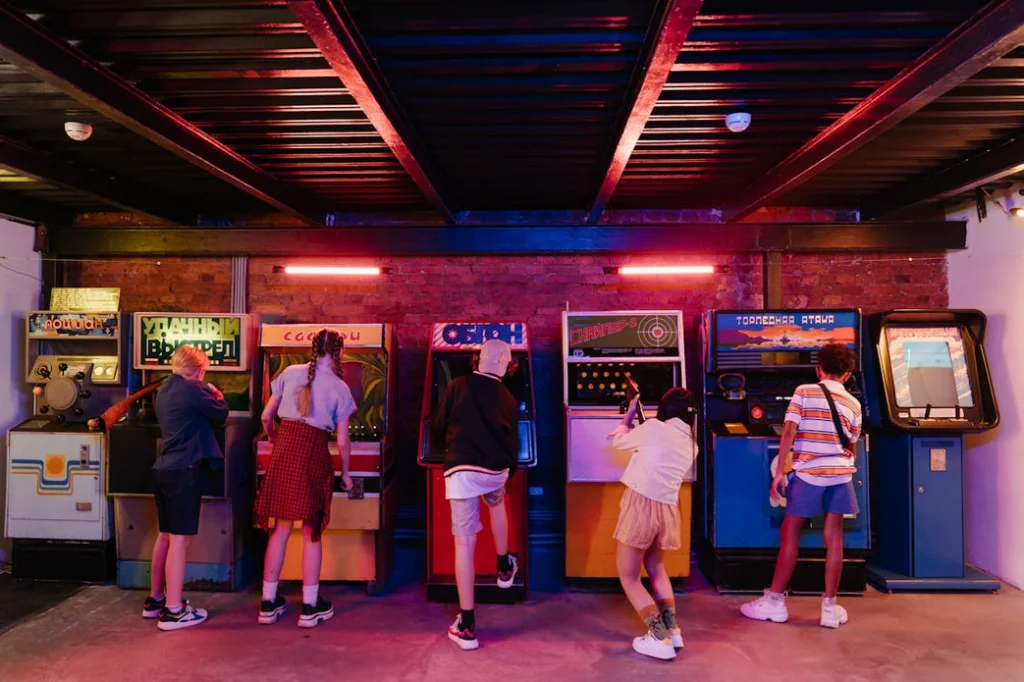
Arcade rooms were temples of electronic excitement, filled with the cacophonous symphony of blips, beeps, and electronic sounds that defined a generation’s entertainment. Each game had its unique audio signature—the chomping of Pac-Man, the laser sounds of Space Invaders, the distinctive crash of Donkey Kong. These electronic noises were more than just sound effects; they were the language of a new digital playground.
Quarters became the currency of fun, with kids carefully selecting which game would receive their precious coins. The sounds of these games were celebratory—a triumphant beep signaling a high score, the dramatic music of a near-miss, the electronic wail of game over. Arcade sounds represented more than just entertainment; they were the first whispers of a technological revolution that would transform how future generations would play and interact.
12. The Distinctive Whir of Lawn Sprinklers
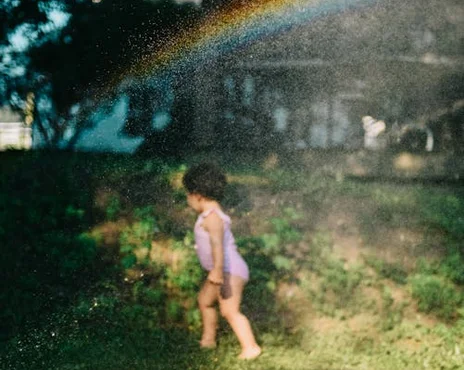
Summer afternoons were defined by the hypnotic sound of lawn sprinklers, their distinctive metallic whirring and rhythmic tick-tick-tick creating a musical backdrop to childhood play. Children would dart through the water, timing their runs to avoid or embrace the cool spray, with the sprinkler’s sound serving as both warning and invitation. These mechanical water distributors were more than just garden tools—they were instruments of summer joy.
Perfectly manicured lawns became playgrounds of water and sound, with sprinklers rotating in predictable patterns that became almost meditative. Neighbors would compare sprinkler techniques, with some preferring the gentle mist and others opting for more robust water distribution. The sound was a communal signal of summer’s arrival, a sonic reminder of long days, cool water, and the simple pleasures of suburban life.
For those who lived through these decades, these sounds are more than mere noise—they are time machines that instantly reconnect us to moments of pure, unadulterated joy. Each chirp, jingle, and click carries within it the essence of an era, a reminder of simpler times when technology was novel and wonder was abundant. We might have moved forward, but these sounds remain etched in our collective memory, ready to transport us back with just a single note.



